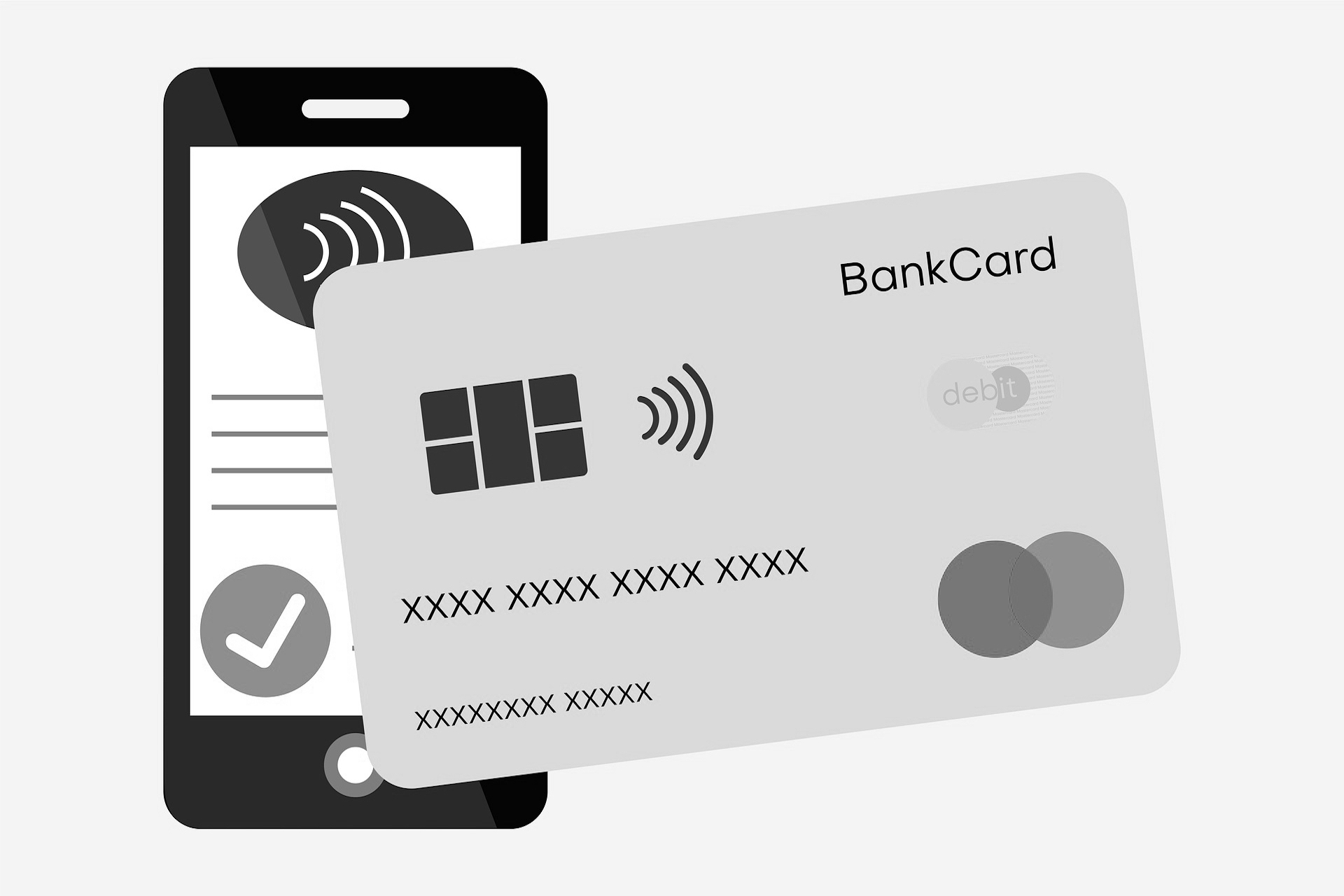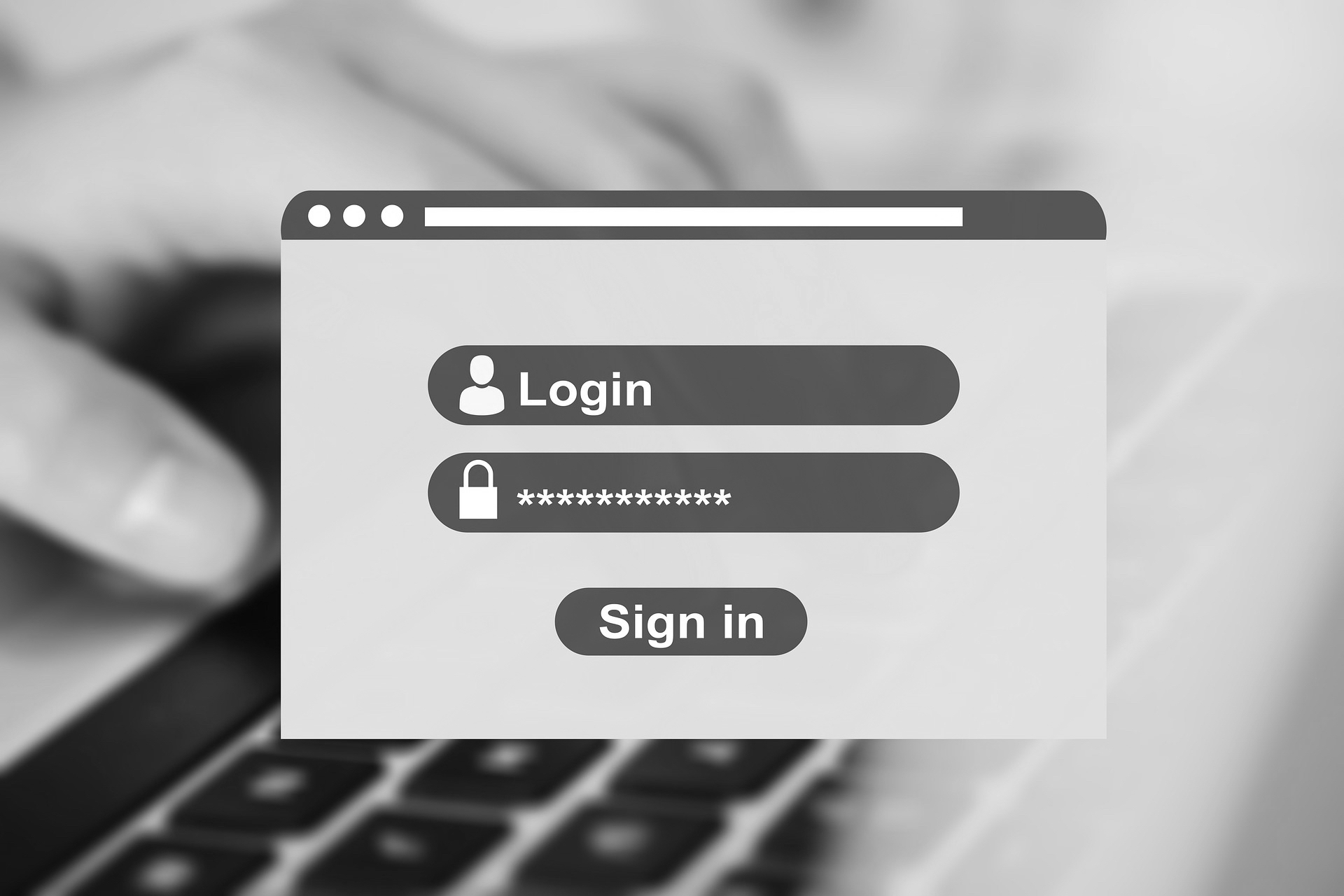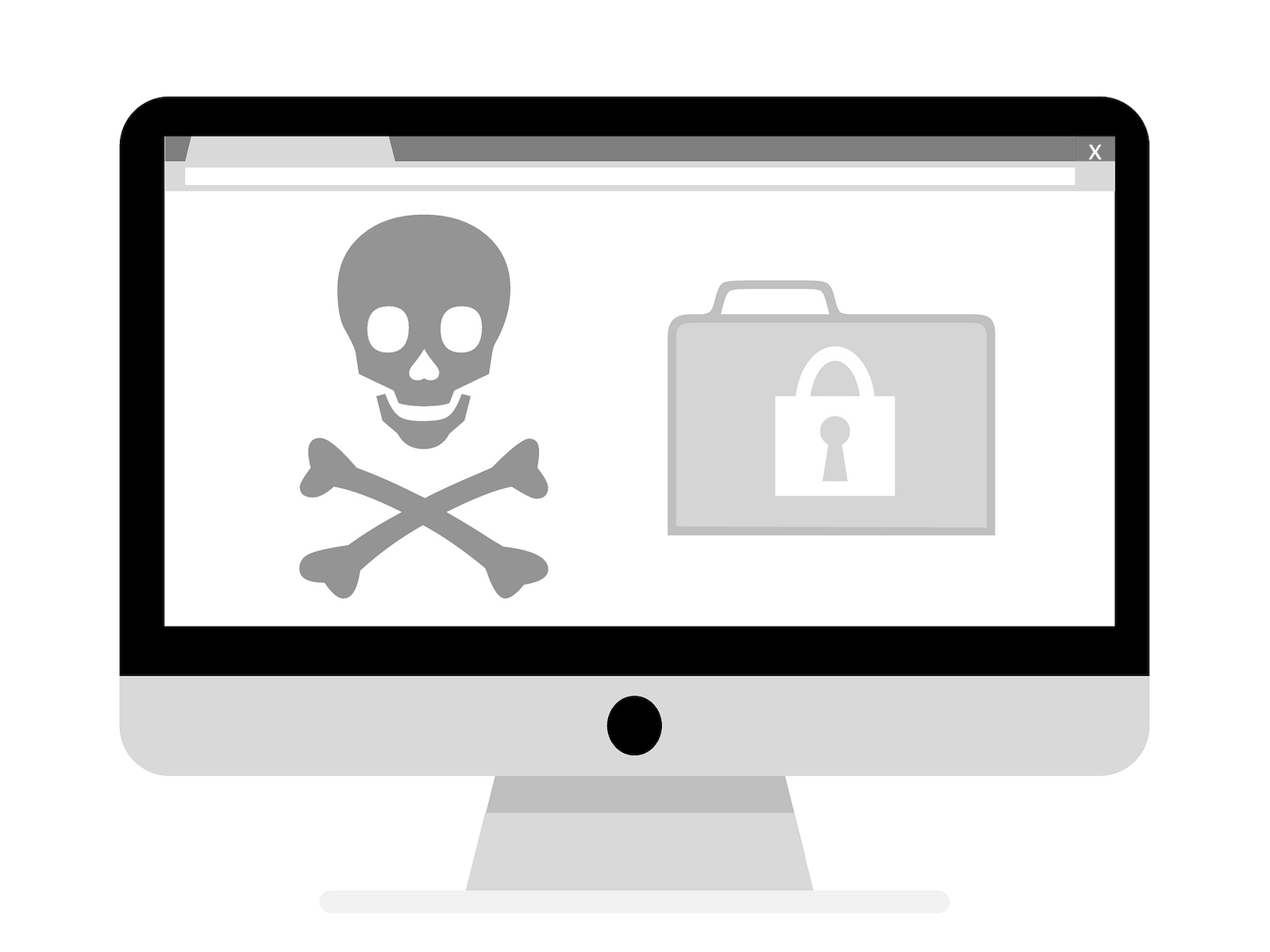
- Details
- Hits: 922
The COVID-19 pandemic forced a rapid shift towards remote work and transformed the way we conduct daily business. One significant consequence of this shift was the uptick in mobile device usage, as both employees and individuals embraced these devices as essential tools for communication and productivity. Simultaneously, health experts encouraged the widespread adoption of mobile wallets and touchless payment technology to reduce the risk of germ transmission. However, with this surge in mobile device usage came a corresponding increase in mobile device vulnerabilities, exposing both individuals and organizations to heightened cybersecurity risks.
Read more: The COVID-19 Pandemic's Impact on Mobile Device Security

- Details
- Hits: 742
In today's interconnected world, where technology governs our personal and professional lives, the concept of "cyber hygiene" has emerged as a vital safeguard against digital threats. Cyber hygiene encompasses a series of habitual practices aimed at ensuring the security of our technological interactions. These practices range from avoiding unsecured WiFi networks to implementing protective measures like Virtual Private Networks (VPNs) and multi-factor authentication (MFA). However, recent studies indicate that the state of cyber hygiene among Americans is far from satisfactory.
Read more: The Urgent Need for Enhanced Cyber Hygiene Practices in the Digital Age

- Details
- Hits: 643
In an era driven by technological advancements, the irony remains that even the most advanced security systems are not impervious to vulnerabilities. A recent study conducted by cybersecurity software company Rapid7 unveiled a startling truth: professional security systems, thought to be impenetrable, often harbor critical errors during their installation and setup. These errors inadvertently pave the way for cybercriminals to exploit misconfigurations, potentially leading to catastrophic data breaches.
Read more: Heightened Vulnerabilities: The Perfect Storm for Exploitable Cybersecurity Errors

- Details
- Hits: 833
In the ever-evolving landscape of cyber threats, ransomware attacks have emerged as a significant menace to individuals, businesses, and organizations alike. While ransomware attacks are not new, their impact has grown exponentially in recent years. This article delves into the changing dynamics of ransomware attacks, their skyrocketing costs, and the far-reaching consequences they inflict on victims.

- Details
- Hits: 618
As the digital realm expands, cybercriminals persistently seek novel vulnerabilities to infiltrate security systems and compromise precious data. Among their formidable tactics, the exploitation of less-guarded third-party networks has emerged as a particularly effective method. This threat is projected to intensify in 2023, propelled by the surging reliance on independent contractors and the lingering aftermath of the COVID-19 pandemic.

- Details
- Hits: 702
In the ever-evolving landscape of cyber threats, one technique stands out as both cunning and persistent: social engineering. This method of hacking remains a formidable weapon in the cybercriminal's arsenal, leveraging human psychology and vulnerabilities rather than relying solely on technical loopholes. This approach makes social engineering attacks particularly perilous, as they exploit the weakest link in the security chain—human error. As we venture into 2023, it's evident that these tactics continue to be a primary means of obtaining sensitive information and credentials.
Read more: The Ever-Persistent Threat of Social Engineering in Cybersecurity: A Look into 2023
